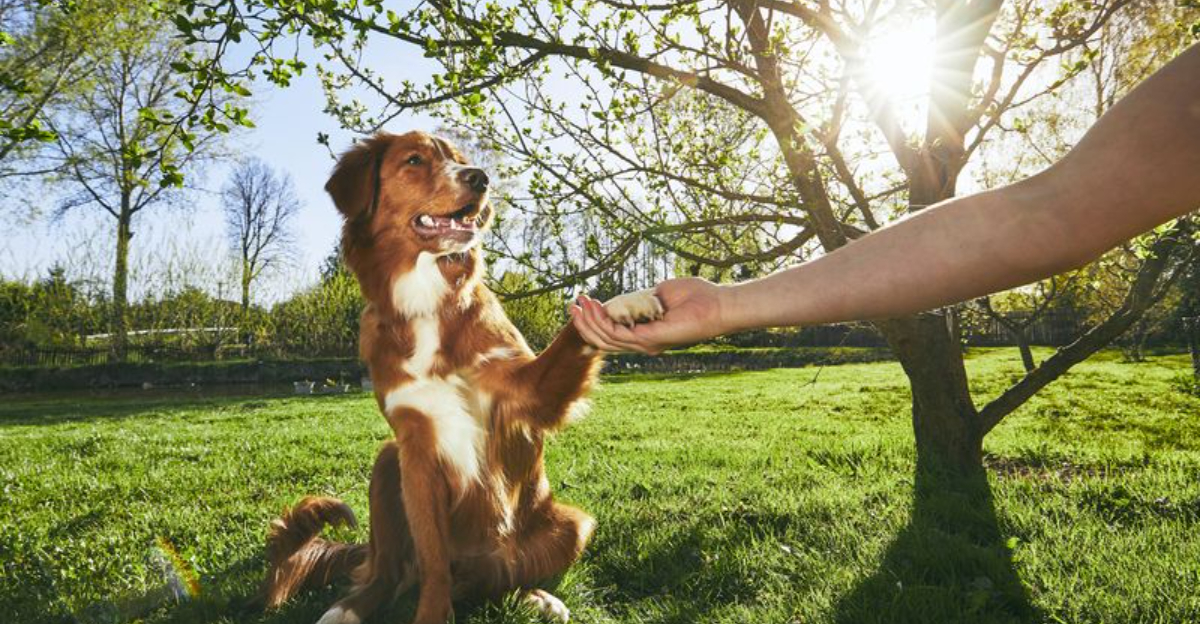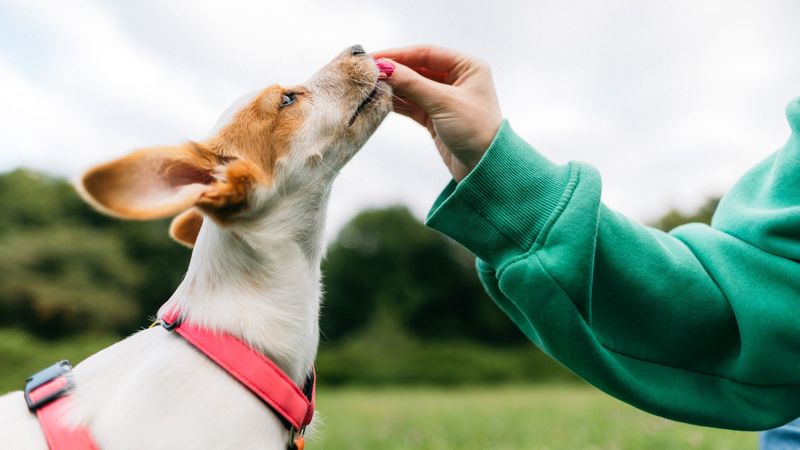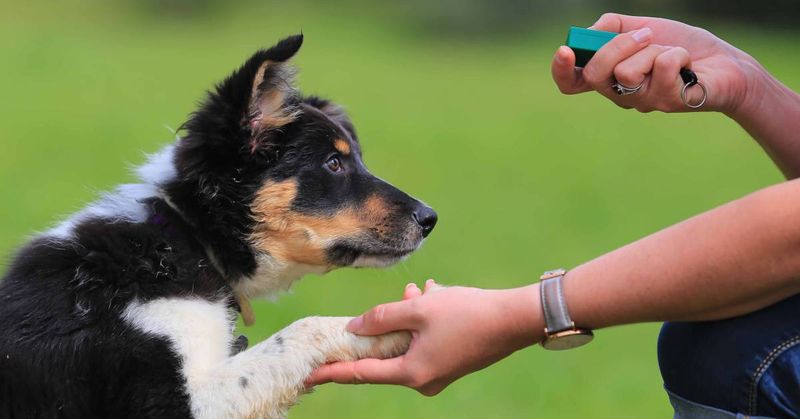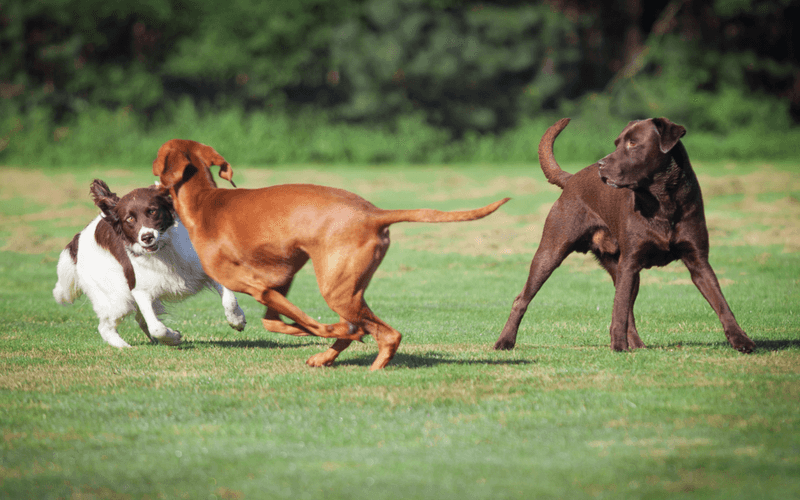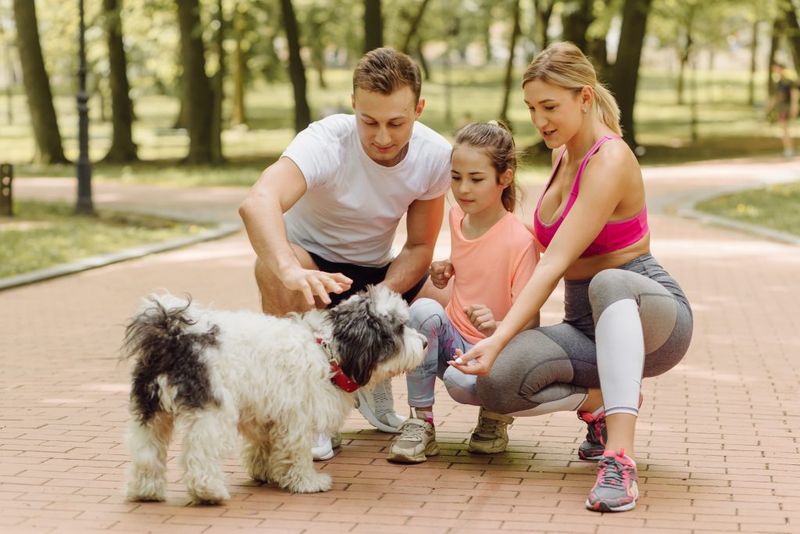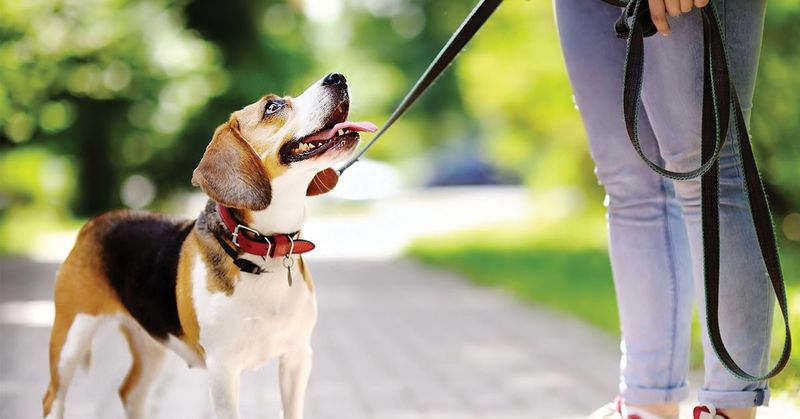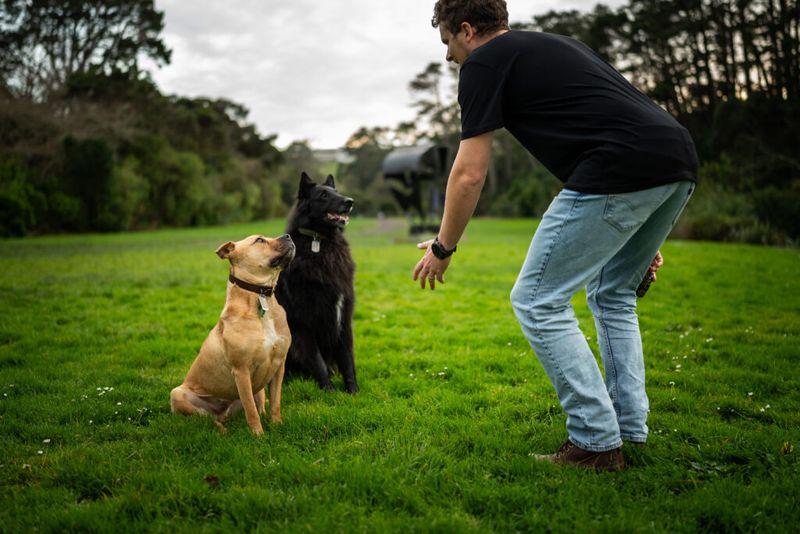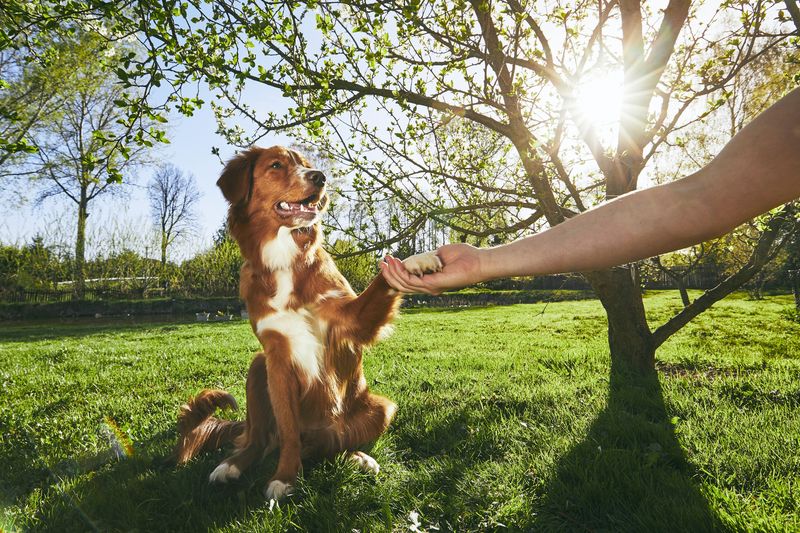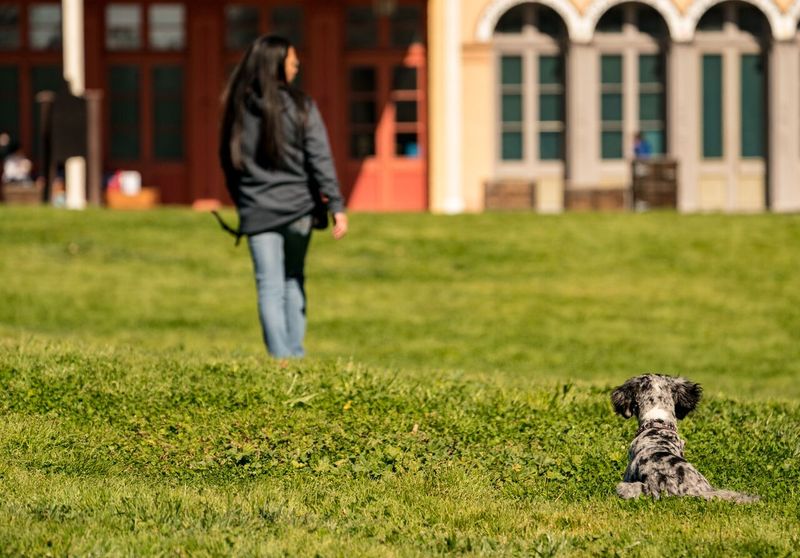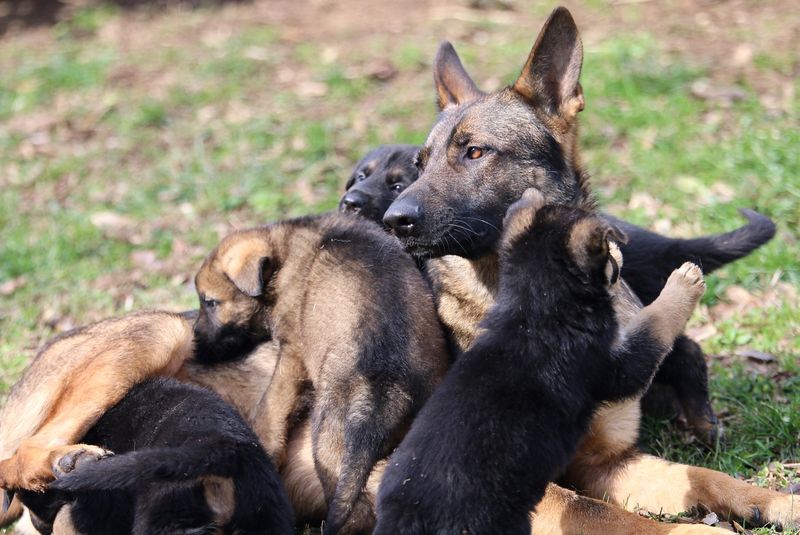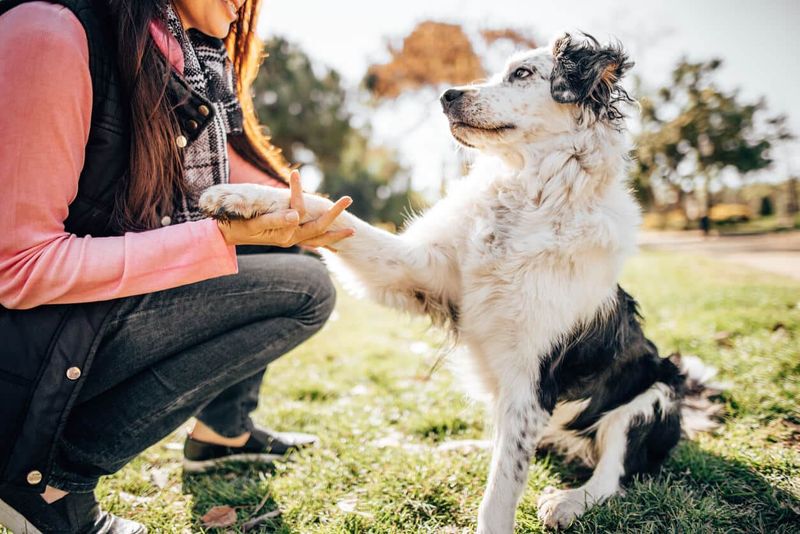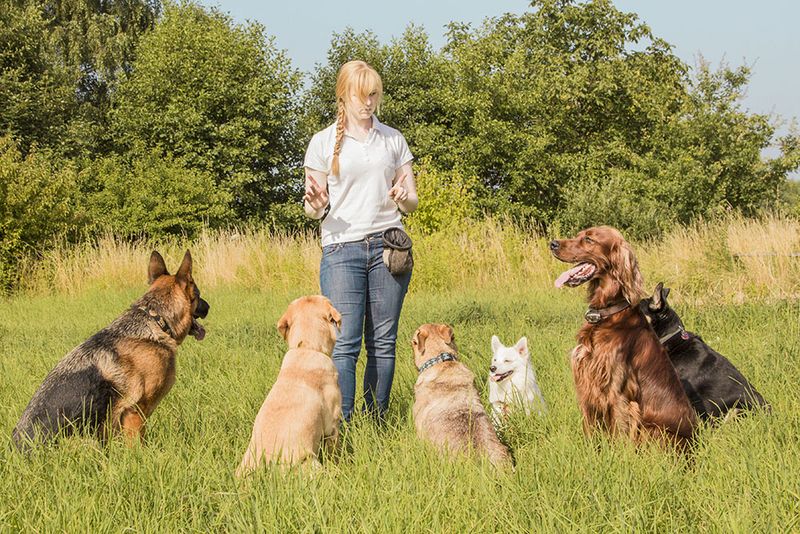Training your pet effectively requires knowledge of techniques that enhance obedience and awareness of those that may hinder progress. This article explores 13 strategies that help build discipline and bond with your pet, as well as 5 common mistakes to avoid. Each technique is presented with an engaging narrative, diverse sentence structures, and vivid imagery to ensure an informative and enjoyable read. Whether you’re a seasoned pet owner or new to training, understanding these methods can transform your approach, leading to a harmonious relationship with your furry companion.
Positive Reinforcement
Positive reinforcement is the backbone of effective training. By rewarding desirable behavior with treats or praise, pets learn to associate actions with positivity. This method fosters a strong bond between pet and owner, encouraging consistent obedience. Imagine a happy dog eagerly responding to commands, motivated by the promise of a treat. It’s not just about the reward but the joyful interaction that follows. Pets thrive in such environments, where encouragement replaces reprimands. Remember, consistency is key; vary rewards to keep it exciting. Over time, you’ll notice a profound change in behavior, reflecting trust and understanding.
Clicker Training
Clicker training is a precise and effective technique to instill obedience in pets. The distinctive sound of the clicker marks the exact moment a pet performs the desired action. This clear communication helps pets understand expectations quickly. The method is engaging and fun for both parties. Pets love the game-like environment, responding enthusiastically to each ‘click’ followed by a treat. It’s a dance of signals and responses, fostering an enjoyable learning experience. Perfect for teaching complex tricks, clicker training builds confidence and sharpens focus, turning training sessions into lively and interactive moments.
Socialization
Socialization is vital for a well-adjusted pet. Introducing pets to diverse environments and other animals curbs anxiety and aggression. Picture a puppy exploring a bustling park, meeting new friends. The sights and sounds become familiar, reducing fear. Socialization helps pets adapt to new experiences, fostering a calm and friendly demeanor. It’s an invitation to explore the world with curiosity, not apprehension. Encourage positive interactions to build a confident pet, ready for any situation. The more diverse the experiences, the more adaptable and obedient your pet will become, transforming challenges into opportunities for growth.
Consistency in Commands
Consistency in training commands is crucial for effective communication. Using the same cue words ensures pets understand expectations clearly. Imagine a trainer patiently repeating ‘sit’ in a gentle tone, each repetition reinforcing the command. Variability confuses pets, slowing progress. A consistent approach builds trust and reliability, ensuring pets respond promptly. It’s about creating a language both you and your pet understand. Over time, consistent commands become second nature, strengthening the bond between trainer and pet. This predictable communication leads to a harmonious relationship, where obedience becomes a natural response, reflecting mutual respect.
Leash Training
Leash training is fundamental for safe and enjoyable walks. Teaching pets to walk calmly on a leash prevents pulling and erratic behavior. Picture a relaxed stroll through a vibrant city, your pet walking by your side. It’s a shared journey where trust and cooperation guide the way. Start with short sessions, gradually increasing distance and complexity. Reward calm behavior, turning walks into a bond-strengthening exercise. With patience and practice, leash training transforms from a chore into a pleasurable experience, allowing for exploration and adventure, all under the gentle guidance of your hand.
Crate Training
Crate training provides pets with a safe haven and aids in housebreaking. A well-introduced crate becomes a comforting retreat, not a punishment. Picture a cozy crate, inviting and warm, where your pet feels secure. This method encourages pets to associate the crate with positive experiences, reducing anxiety when confined. Start with short periods, gradually extending time inside. Use treats and praise to reinforce the crate as a happy space. With consistency, the crate becomes a sanctuary, aiding in transport and providing a sense of stability. It’s about creating a haven of comfort, not confinement.
Obedience Classes
Obedience classes offer structured learning environments for pets and owners. Professional trainers guide both through exercises that teach discipline and enhance communication. Imagine a lively class, pets eagerly participating in group activities. The social aspect helps pets learn from peers, while owners gain confidence in handling. These classes provide a supportive community, where challenges are shared and solutions found together. Regular attendance ensures steady progress and reinforces training at home. It’s a collaborative effort, where knowledge and practice combine to foster a disciplined and social pet, ready to face the world with poise.
Agility Training
Agility training combines physical exercise with mental stimulation for pets. Navigating obstacles enhances focus, balance, and coordination. Picture a border collie swiftly maneuvering through tunnels and jumps, excitement in every move. Agility courses challenge pets, improving both physical and cognitive skills. This lively activity is perfect for energetic breeds, channeling their energy into productive tasks. It fosters a strong bond between pet and owner, as teamwork is essential to success. The joy of shared achievement strengthens the relationship, making agility training a rewarding experience for both. It’s about fun, fitness, and partnership.
Calm Assertiveness
Calm assertiveness is key to effective leadership in training. Pets respond to the energy and confidence of their owners. Imagine a serene garden where a calm owner gently but firmly communicates commands. This approach creates a balanced environment, where authority is respected without the need for force. Dogs, sensing stability, are more likely to comply willingly. The gentle yet assertive tone reinforces trust, encouraging obedience through mutual respect. It’s about leading with quiet strength, where calmness guides actions, ensuring a well-behaved pet who looks to their owner for guidance and reassurance.
Patience and Persistence
Patience and persistence are virtues in training stubborn pets. Expecting instant results often leads to frustration. Imagine an autumn day, where a trainer calmly repeats a command to a headstrong puppy. Each repetition is a step toward success. This approach builds resilience, teaching pets to overcome challenges without stress. Progress may be slow, but each small victory adds up. Persistence transforms obstacles into stepping stones, fostering a determined spirit in both pet and owner. It’s about nurturing growth through steady efforts, where patience becomes the foundation of long-lasting obedience and mutual understanding.
Ignoring Bad Behavior
Ignoring bad behavior can be an effective strategy in training. By not acknowledging attention-seeking antics, pets learn that undesirable actions won’t earn a response. Imagine a cozy living room where a dog barks for attention, only to find its owner calmly ignoring it. This tactic teaches pets that only positive behavior garners engagement. Over time, pets self-correct, realizing that calmness and obedience bring rewards. It’s about teaching through absence, where silence becomes a powerful teacher. This method fosters a disciplined pet, attuned to the cues and expectations of their attentive owner.
Routine and Structure
A structured routine provides stability and predictability for pets. Establishing regular meal, play, and training times fosters security and reduces anxiety. Picture a pet eagerly anticipating its morning routine, where each activity follows a predictable pattern. This structure helps pets understand their day, reducing stress and encouraging cooperation. It’s a harmonious rhythm, where both pet and owner move in sync. Consistent routines turn chaos into calm, nurturing a pet’s confidence and enhancing obedience. This method transforms daily life into a series of rewarding rituals, grounded in the comfort of predictability.
Mimicking Pack Behavior
Mimicking pack behavior taps into a pet’s natural instincts. By establishing yourself as the pack leader, pets feel secure and follow guidance more readily. Imagine a backyard setting where a family interacts with their pet in a cohesive manner, resembling a pack. This dynamic fosters trust and respect, reducing behavioral issues. Pets naturally defer to the leader, simplifying training and enhancing obedience. It’s about creating a familial bond, where each member plays a role in guiding and nurturing the pet. This understanding of natural dynamics strengthens the relationship, ensuring a happy, well-adjusted companion.
Inconsistent Training Commands
Inconsistent training commands can undermine obedience efforts. Picture a chaotic scene where a dog receives mixed signals from different family members. This confusion breeds frustration, hindering progress. Consistency is crucial for clarity and understanding. When commands vary, pets struggle to interpret expectations, leading to erratic behavior. It’s essential that all family members use the same commands and techniques to provide a unified training approach. This consistency fosters trust and confidence, ensuring pets respond accurately. Avoiding mixed messages creates a stable learning environment, where pets understand and respect the rules laid out for them.
Punishment-Based Techniques
Punishment-based techniques often sabotage obedience by instilling fear rather than understanding. Imagine a gloomy room where harsh tones create tension and anxiety. This approach may yield short-term compliance, but damages trust and hinders long-term progress. Fear-based methods can lead to behavioral issues, as pets struggle to comprehend expectations. Instead, focus on positive reinforcement, which encourages learning through trust. Building a supportive environment fosters open communication and mutual respect, paving the way for sustained obedience. Choosing encouragement over punishment transforms training into a positive journey, ensuring a happy and confident pet.
Overtraining
Overtraining can lead to burnout and resistance. Imagine an exhausted dog, overwhelmed by relentless sessions, yearning for respite. While practice is essential, too much can hinder progress. Pets need time to absorb new skills, enjoy relaxation, and rejuvenate. Balancing training with leisure ensures a happy and willing participant. Recognize signs of fatigue and adjust sessions accordingly. A thoughtful approach respects a pet’s limits, fostering enthusiasm and cooperation. Training should be a joyful exploration, not a relentless pursuit. By pacing the process, you create a sustainable path to obedience, where learning is a positive and rewarding experience.
Lack of Engagement
Engagement is key to successful training. Imagine a dull training session where a bored dog lacks interest. Lack of excitement leads to disengagement and resistance. Incorporate varied activities and playful elements to capture attention and inspire enthusiasm. Use toys, games, and challenges to keep sessions lively and appealing. It’s about making learning fun, where pets eagerly anticipate each new task. Engaging methods foster a positive association with training, ensuring pets are attentive and responsive. By crafting sessions that captivate and entertain, you transform training from a task into an enjoyable experience, full of discovery and growth.
Ignoring Individual Needs
Ignoring individual needs can sabotage training efforts. Each pet is unique, with distinct personality traits and learning styles. Picture a generic training session where a pet’s specific needs are overlooked. This one-size-fits-all approach often leads to frustration and limited progress. Understanding and adapting to a pet’s individuality fosters effective communication and cooperation. Tailor training techniques to suit their temperament, energy levels, and preferences. By recognizing and addressing unique requirements, you build a strong foundation for obedience, ensuring a harmonious and fulfilling training experience. It’s about seeing the individuality within the pawprints.
